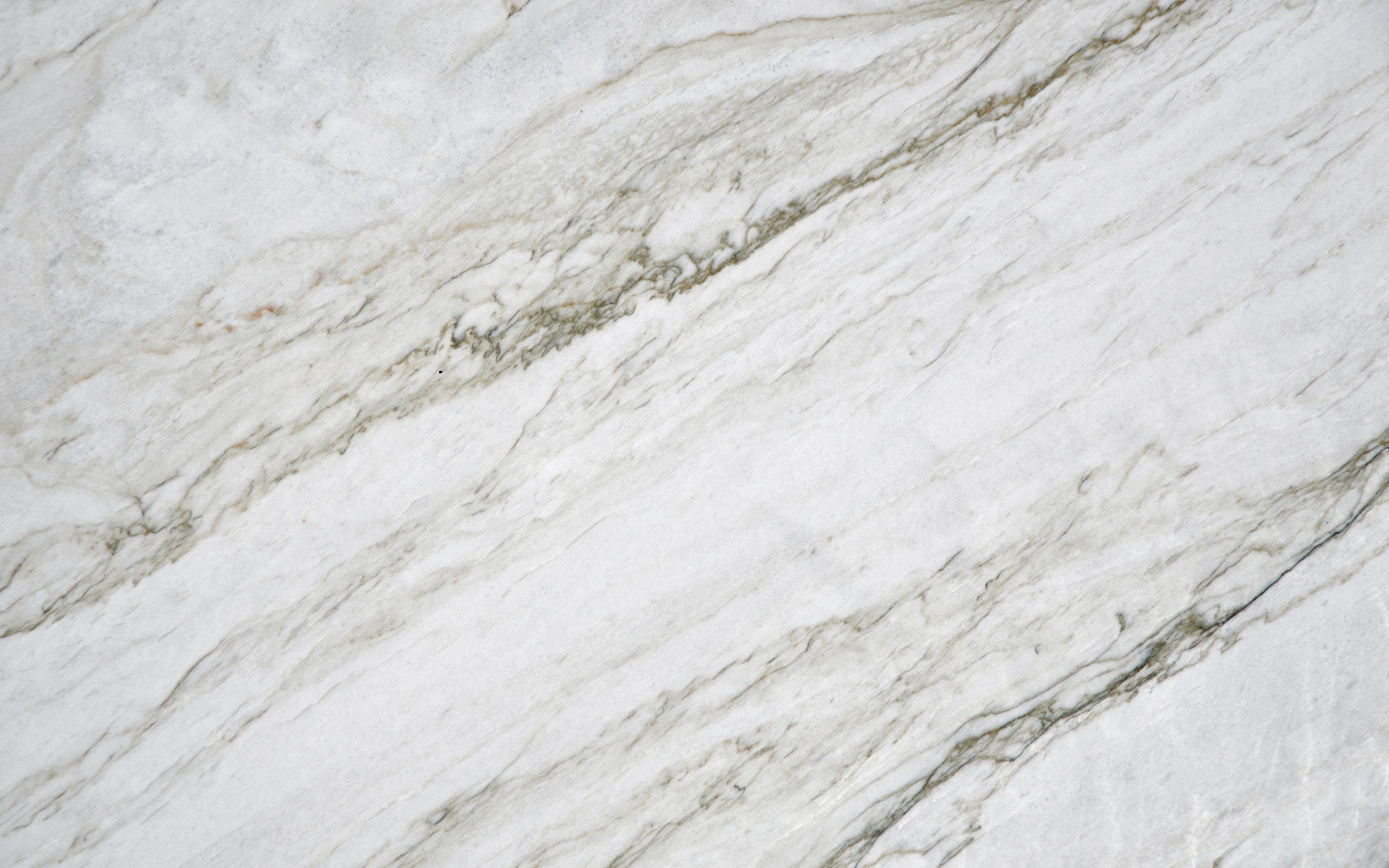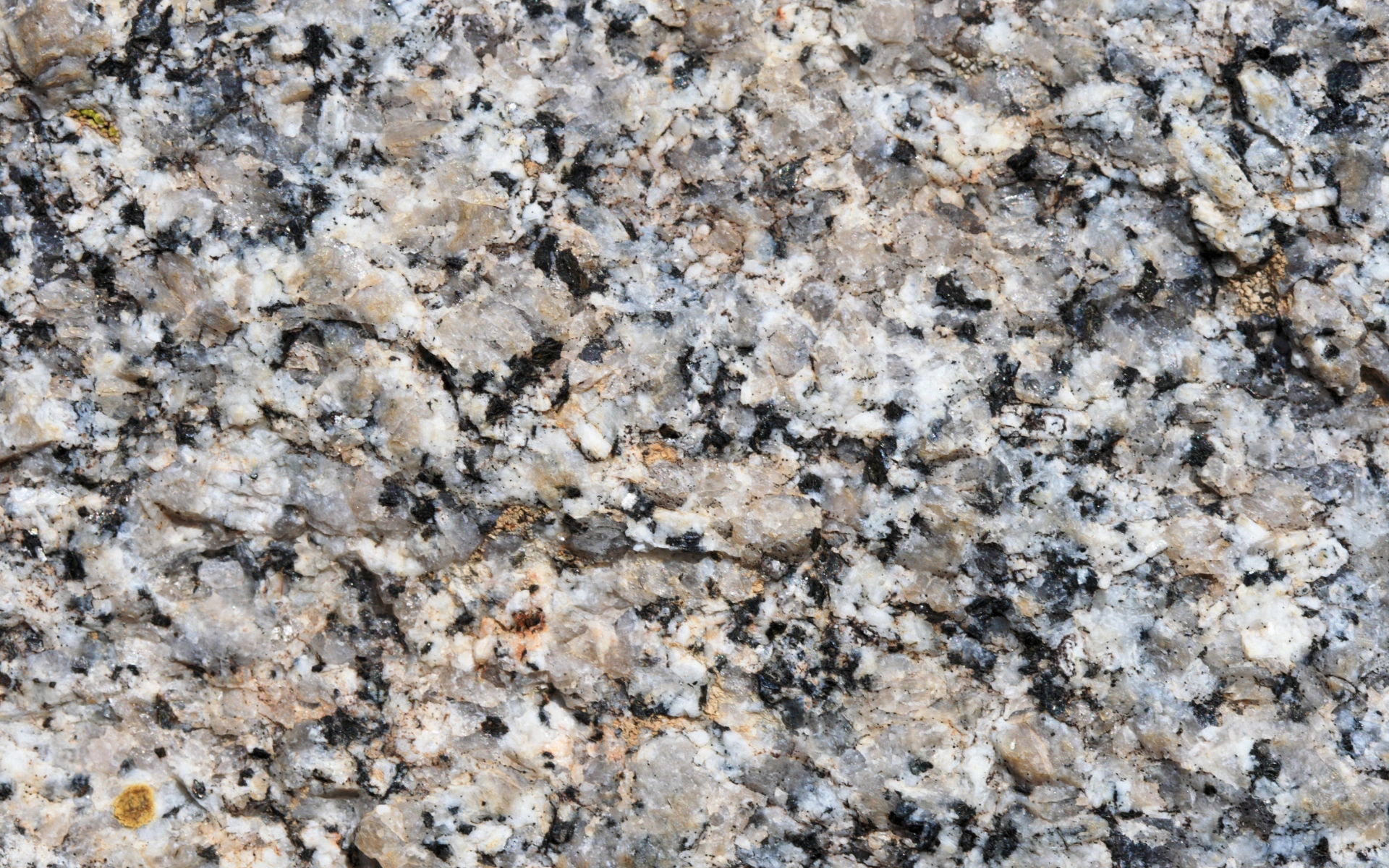Quartzite Countertops vs Granite: Which Is Right for Your Home?
When choosing a countertop material for your kitchen or bathroom, two popular natural stone options often come to mind, quartzite and granite. Both offer exceptional durability, beauty, and value, but they have distinct characteristics that can influence your decision. At VL Builders, we understand the importance of selecting a surface that fits your lifestyle and aesthetic goals. In this comparison of quartzite countertops vs granite, we’ll break down the differences in composition, performance, maintenance, and overall value to help you choose the perfect material for your next remodeling project.
Understanding the Composition of Quartzite and Granite

Quartzite and granite are both natural stones, but they form through very different geological processes. Quartzite is a metamorphic rock that begins as sandstone. Through heat and pressure deep within the earth, it transforms into an incredibly hard and dense material. This process fuses quartz grains together, giving quartzite its signature crystalline appearance and superior strength.
Granite, on the other hand, is an igneous rock formed from cooled magma. It contains a mix of minerals, including quartz, feldspar, and mica, which give it a speckled appearance. While granite is also very hard and durable, it tends to have a slightly more granular texture and varied patterns compared to quartzite.
Visual Appeal and Color Variation
One of the primary reasons homeowners choose natural stone countertops is for their unique appearance. Quartzite is known for its marble-like aesthetic, featuring soft veining, subtle hues, and a light, airy look. Many homeowners who want the elegance of marble without the maintenance issues often turn to quartzite as a more durable alternative. Quartzite colors typically range from whites and grays to soft blues, greens, and pinks, depending on the mineral content of the stone.
Granite offers a broader spectrum of color and pattern variations, making it ideal for homeowners who want something bold and dramatic. From deep blacks and blues to vibrant reds and golds, granite delivers high visual impact and unique veining or speckling patterns. If your design vision includes strong contrast or rich, earthy tones, granite may better suit your style.
Durability and Resistance to Damage
Both quartzite and granite are extremely durable countertop materials, capable of withstanding heavy daily use in busy kitchens. However, quartzite is generally harder than granite on the Mohs scale of mineral hardness. This means quartzite is less prone to scratching or etching, especially when exposed to sharp knives, pots, or acidic substances.
Granite is also tough and resistant to scratches, though not quite as hard as quartzite. Most granite surfaces will hold up well under typical kitchen conditions, but they can show signs of wear over time if not properly maintained. Both materials offer excellent heat resistance, so you can place hot pans directly on the surface without immediate concern for damage.
Porosity and Maintenance Requirements

While quartzite is often marketed as low maintenance, it is still a porous natural stone. It requires sealing to protect it from stains, particularly from oils and acidic foods. The good news is that with proper sealing, quartzite will resist most spills and maintain its appearance for many years.
Granite is also porous, though some varieties are denser than others. Like quartzite, granite countertops need regular sealing to prevent staining and bacterial absorption. When properly sealed, granite is easy to clean with mild soap and water and provides a hygienic surface for food preparation.
At VL Builders, we recommend sealing both quartzite and granite during installation and educating our clients on how to maintain their countertops for long-lasting beauty and function. With professional installation and regular care, both materials can remain stunning for decades.
Edge Options and Fabrication Considerations
Both granite and quartzite can be customized with a variety of edge profiles, from simple beveled edges to more intricate ogee designs. However, quartzite is harder to cut and fabricate due to its density, which may impact fabrication time and cost. Stone professionals must use specialized tools to cut quartzite accurately, and the process requires more skill and labor.
Granite, while still hard, is easier to work with in terms of shaping and polishing. This can result in more options for custom edge profiles and sometimes lower fabrication costs. If you're considering a highly customized countertop design, granite may offer more flexibility during fabrication.
Cost Comparison: Is One More Affordable?
The cost of quartzite countertops vs granite varies depending on factors like color rarity, slab thickness, origin, and availability. In general, quartzite tends to be more expensive than granite. This is due to its higher hardness, more labor-intensive fabrication, and often limited availability of certain colors and patterns.
Granite is more widely available and comes in a broader range of price points. Entry-level granite slabs can be more affordable, while exotic or rare varieties can approach or exceed the cost of quartzite. Overall, granite offers a bit more pricing flexibility, which can be important for homeowners working within a specific budget.
At VL Builders, we work closely with clients to find the right stone that meets both their design preferences and financial goals. Whether you choose quartzite or granite, we can source and install beautiful slabs that enhance your space and deliver long-term value.
Which Countertop Performs Better in Kitchens?
For active households and home chefs, performance matters. Quartzite’s superior hardness and resistance to scratches make it an ideal surface for high-use areas like kitchen countertops. Its durability against wear and its resemblance to high-end marble give it both form and function.
Granite also performs exceptionally well in kitchens. It can handle hot pans, heavy appliances, and sharp utensils with ease when properly sealed. While it may be slightly more prone to minor scratches or chips than quartzite, it still remains one of the most reliable countertop materials for busy environments.
Both options are a sound investment for any kitchen renovation project. The choice often comes down to your aesthetic preferences, willingness to maintain the surface, and the overall look you're trying to achieve.
Environmental Impact and Sustainability
For eco-conscious homeowners, the environmental footprint of countertop materials is an important consideration. Both granite and quartzite are natural stones that require quarrying, cutting, and transportation, which can contribute to environmental impact.
However, because they are durable and long-lasting, these materials do not need to be replaced frequently, which adds to their sustainability over time. Choosing a local or regionally sourced stone can reduce the carbon footprint of your renovation. At VL Builders, we prioritize suppliers who offer responsibly sourced materials and work with quarries that follow ethical and sustainable practices.

Final Verdict: Quartzite or Granite?
When comparing quartzite countertops vs granite, both materials offer distinct advantages. Quartzite excels in hardness, elegance, and durability, especially for homeowners seeking a light, marble-like aesthetic. Granite, on the other hand, provides a wider range of colors, easier fabrication, and potentially lower costs, making it a versatile option for a broad spectrum of home styles.
Ultimately, the best choice depends on your lifestyle, budget, and design vision. At VL Builders, our experienced team can help guide you through the selection process, showing you a curated selection of slabs, explaining the pros and cons of each, and ensuring expert installation that brings your vision to life.
Transform Your Space with Natural Stone Countertops from VL Builders
Whether you're leaning toward the elegance of quartzite or the rich variety of granite, you can count on VL Builders to deliver top-tier craftsmanship and service. Our team has the knowledge and experience to help you choose the right countertop material and create a stunning focal point in your kitchen or bathroom. Contact us today to schedule a consultation and explore the possibilities of quartzite and granite countertops for your next remodeling project.
Trusted by some of the biggest names in the business!















